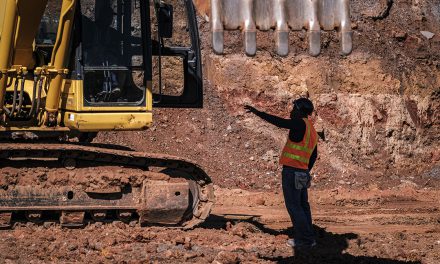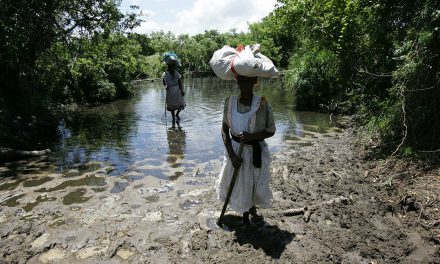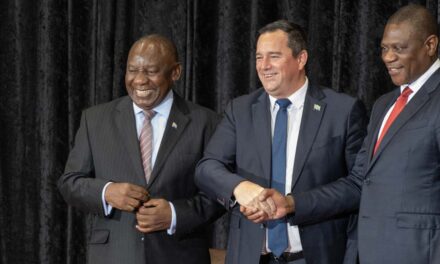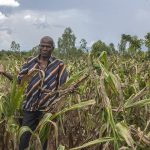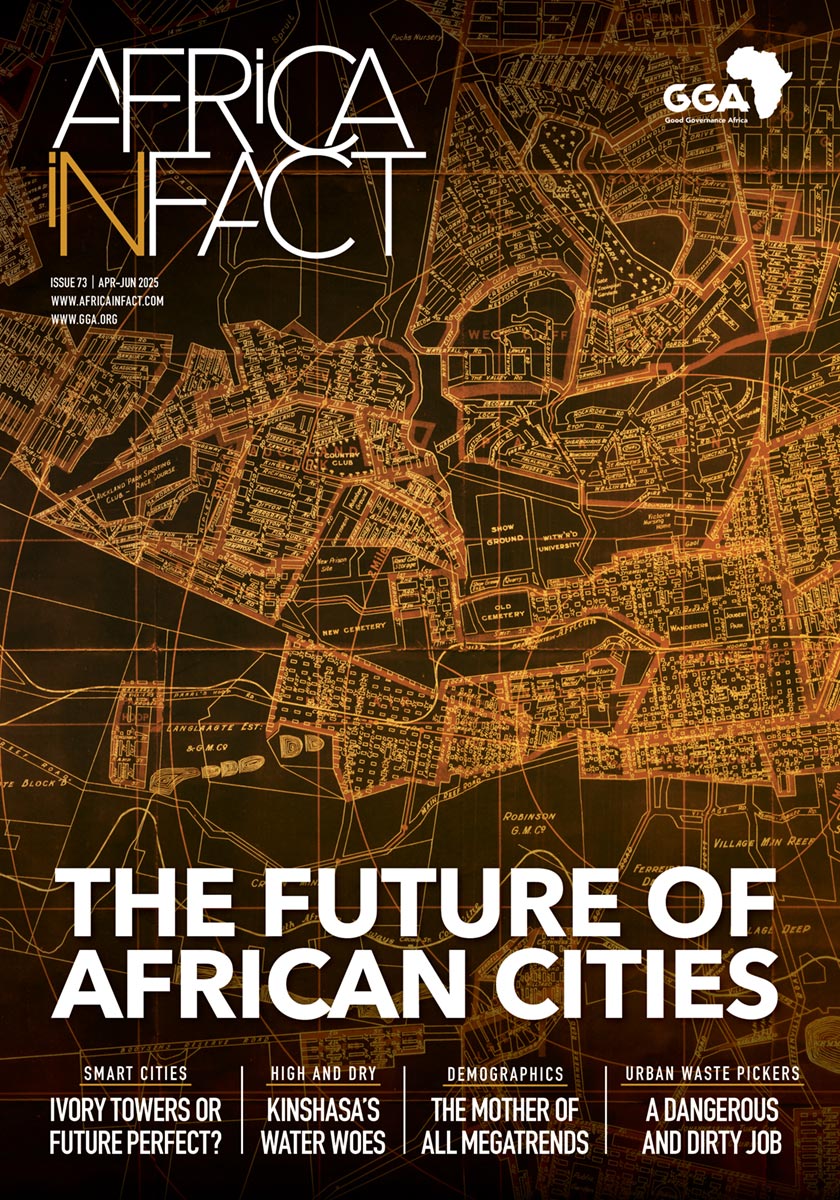With foreign expertise now reshaping battlefield dynamics in the Lake Chad Basin and raising the stakes for regional security, the Islamic State West Africa Province (ISWAP) is proving that it is no longer just a localised insurgency. Ongoing developments suggest ISWAP is rapidly transforming into the central pillar of the Islamic State’s global strategy in Africa, with worrying echoes of the mid-2010s in Iraq and Syria.
In two recent editorials published in al-Naba, the Islamic State’s official Arabic-language weekly, the group laid out its strategic thinking for the Sahel and Lake Chad Basin. What emerges is a dangerous ambition: to replicate the military victories that enabled it to declare a “caliphate” in the Middle East, this time in Africa.
The implications of this strategic shift are profound. The editorials “The Failure of the Super Camps” and “The Camp Inferno” present more than propaganda; they are doctrinal blueprints. They celebrate the systematic overrunning of Nigerian military bases, mock the state’s inability to adapt, and express clear intent to transition from military raids to full territorial control. One passage leaves little room for doubt: “Let them fear what is to come – for the worst is yet to come.”
The second editorial directly compares the current wave of ISWAP attacks to the Islamic State’s earlier conquests in Mosul, Raqqa, and Fallujah. ISWAP’s increasing ability to destroy and overrun fortified military positions across northeastern Nigeria, including victories in Buni Gari, Marte, Wulgo, Wajiroko, Sabon Gari, and 10 others, is held up as proof that Nigeria, and by extension, West Africa is getting ripe for the same kind of insurgent-to-state transformation ISIS once attempted in the Middle East, unless something is urgently done to forestall this.
This isn’t mere rhetoric. Alongside the ideological parallels, evidence has emerged that foreign fighters, particularly from Arab countries, are now active within ISWAP’s combat units. One such individual was captured in a propaganda video as part of ISWAP’s Wilayah Farouk’s team that recently attacked a Nigerian military brigade in Damboa, Borno State.
Military sources say that but for the swift intervention of the military’s fighter jet, ISWAP would have taken over the brigade. The brigade is regarded as one of the most strategically significant formations in the northeast. The presence of this fighter, which ISIS-linked social media platforms described as an Arab, was quickly amplified through multiple ISIS propaganda platforms, underscoring the symbolic value the group attaches to foreign reinforcement.
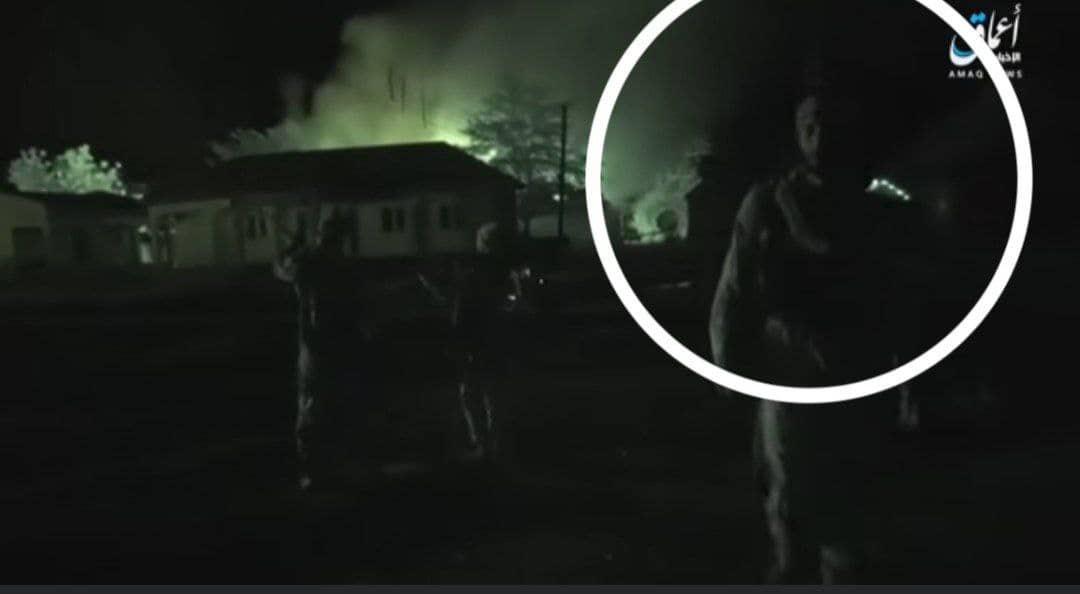
ISIS foreign fighter in Nigeria during attack on Damboa military base on 23 May 2025. ISIS propaganda media.
Sources in northeast Nigeria confirmed to GGA that the fighter in question is one of seven ISIS instructors reportedly deployed to support ISWAP operations in 2024.
A propaganda video released by the group the same year, which depicts the training of child soldiers, features at least two individuals believed to be foreign nationals. One is identified as Abu Ishaq al-Maqdisi, and the other as Abu Juwayriya al-Maghribi, both of whom match descriptions previously associated with Arab-speaking trainers active in the Lake Chad region. The instructors were reportedly deployed to provide specialised training in areas such as drone operations, vehicle-borne improvised explosive device (VBIED) assembly, electronic device hacking, and advanced combat tactics.
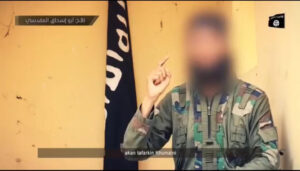
Abu Ishaq al-Maqdisi. Source: Screenshot from ISIS propaganda video.

Abu Juwayriya al-Maghribi. Source: Screenshot from ISIS propaganda video
The deployment of these instructors to frontline ISWAP combat units—and their subsequent promotion and celebration in propaganda materials—signals a deliberate effort to elevate their role beyond training into active battlefield engagement, which could signify the beginning of a broader influx.
The formal arrival and publicised participation of Arab foreign fighters may represent a deliberate attempt to internationalise the conflict, extending its reach beyond the Lake Chad Basin and the Sahel, possibly into littoral West African states. Benin, Ghana, Côte d’Ivoire, and Togo are increasingly at risk and within reach of ISIS through its affiliates, ISWAP and the Islamic State Sahel Province (ISSP), due to their proximity to Nigeria and the wider Sahel region.
During its Syria–Iraq campaign, the Islamic State relied heavily on foreign fighters for operational innovation, media production, and battlefield resilience. Their appearance in the Lake Chad conflict zone may point to a similar playbook being applied here.
The editorials also confirm that military strategy and knowledge transfer from ISIS Central are being shared with ISWAP. For instance, the editorial on Nigeria’s “super camp” strategy, a policy adopted to centralise troop deployments into fewer, heavily fortified locations, dissects it in detail, exposing its vulnerabilities and boasting of how ISWAP forces adapted their tactics accordingly. Instead of the expected frontal attacks, the fighters now favour unconventional infiltration and surprise raids, such as the aerial-style assault reported in Sabon Gari.
What emerges from these documents is a picture of a highly adaptive, ideologically driven group emboldened by battlefield successes, logistical reinforcements, and increasing transnational support. For Nigeria and its neighbours in the Lake Chad Basin, and even the Sahel, the danger is clear: ISWAP is positioning itself as the future of the Islamic State, and it sees this region not just as a zone of conflict but as a potential Islamic polity.
If ISIS Central continues to channel foreign fighters, ideological framing, and military expertise into West Africa, the region could face an insurgency of an entirely different scale, one with the intent not only to destabilise but to govern.
Regional governments, international partners, and multilateral security coalitions must urgently reassess the scope and tempo of their responses. Given the presence and the expectation of more foreign fighters and the transnational flow of arms and logistics through porous borders, regional governments must urgently adopt a coordinated, intelligence-driven strategy that transcends political differences. The internationalisation of the threat demands an internationalised response rooted in real-time cross-border cooperation, joint patrols, and shared early warning systems to disrupt smuggling and infiltration routes exploited by these fighters.
Without such collective action, isolated national responses will remain inadequate against a networked and mobile adversary. The signals are loud and clear. ISWAP is no longer merely reacting to state weakness; it is shaping the battlefield. And with its sights set on towns, not just bases, the window to prevent another Mosul or Raqqa, this time in the Sahel, may be rapidly closing.
Malik Samuel is a senior researcher at Good Governance Africa-Nigeria. Before joining GGA, he was a researcher with the Institute for Security Studies, specialising in the Boko Haram conflict in the Lake Chad Basin Region. Malik also worked as a conflict researcher with Amnesty International Nigeria. He was also a Médecins Sans Frontières/Doctors Without Borders field communications manager in Northeast Nigeria. Before that, he was an investigative journalist at the Abuja-based International Centre for Investigative Reporting. Malik holds a Master's degree in Conflict, Peace, and Security from the Universitat Oberta de Catalunya and the United Nations Institute for Training and Research (UNITAR).



